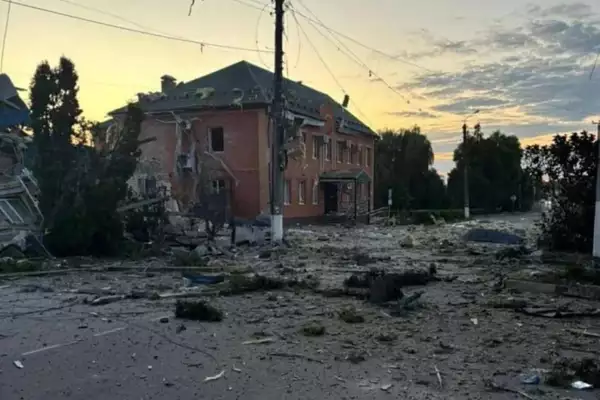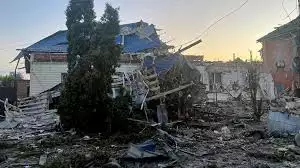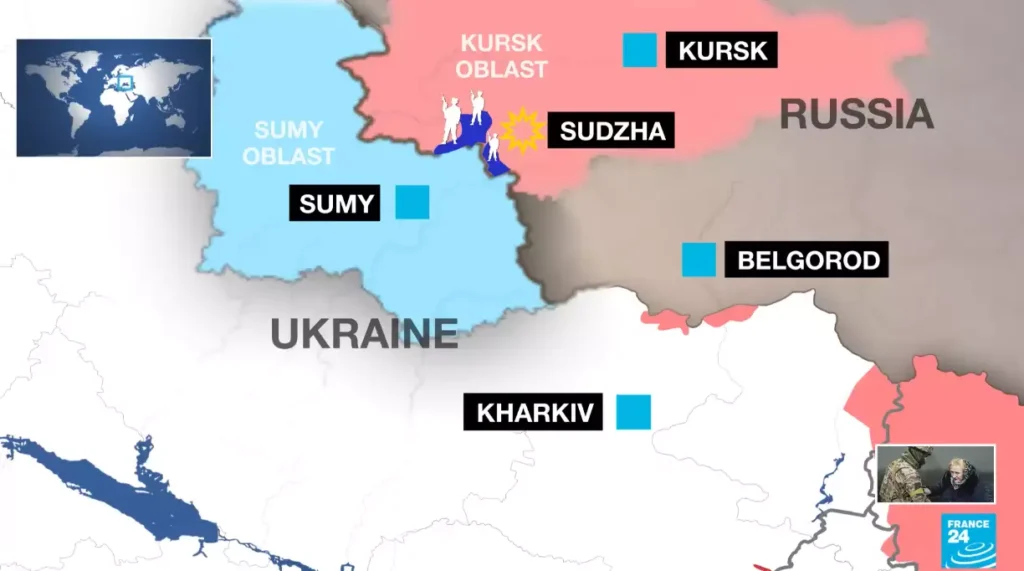Ukrainian troops recently advanced as far as 35 kilometers into Russian territory in the Kursk region.
About Kursk Region:
- The Kursk region, known as Kursk Oblast, is located in western Russia, within the Central Federal District.
- It shares its western border with Ukraine, specifically with the Sumy Oblast.
- It is also bordered by other Russian regions, including Belgorod Oblast to the south, Voronezh Oblast to the east, Oryol Oblast to the north, and Bryansk Oblast to the northwest.
- The region lies on the Central Russian Upland, characterized by rolling plains and hilly terrain.
- It is a part of the fertile “black earth” (chernozem) belt of Russia, known for its rich, dark soil that is ideal for agriculture.
- Various rivers like Seim River, a tributary of the Desna River, flows into the Dnieper River, and also includes the Svapa, Tuskar, and Psyol rivers.
- The climate in Kursk is classified as humid continental, characterized by cold winters and warm
- Kursk Oblast has mixed forests, including oak, birch, and pine trees, especially in the northern and central parts.
Ref: Source
| UPSC IAS Preparation Resources | |
| Current Affairs Analysis | Topperspedia |
| GS Shots | Simply Explained |
| Daily Flash Cards | Daily Quiz |
Frequently Asked Question:
Where is Kursk Oblast located?
Kursk Oblast is situated in western Russia within the Central Federal District. It borders Ukraine’s Sumy Oblast, Belgorod Oblast, Voronezh Oblast, Oryol Oblast, and Bryansk Oblast.
What is the geography of Kursk Oblast like?
Kursk Oblast lies on the Central Russian Upland, featuring rolling plains and hilly terrain. It is part of the fertile “black earth” belt, known for its rich, dark soil ideal for agriculture.
What are the main rivers in Kursk Oblast?
The region is drained by several rivers, including the Seim River (a tributary of the Desna River), the Svapa, Tuskar, and Psyol rivers. These rivers flow into the Dnieper River.




